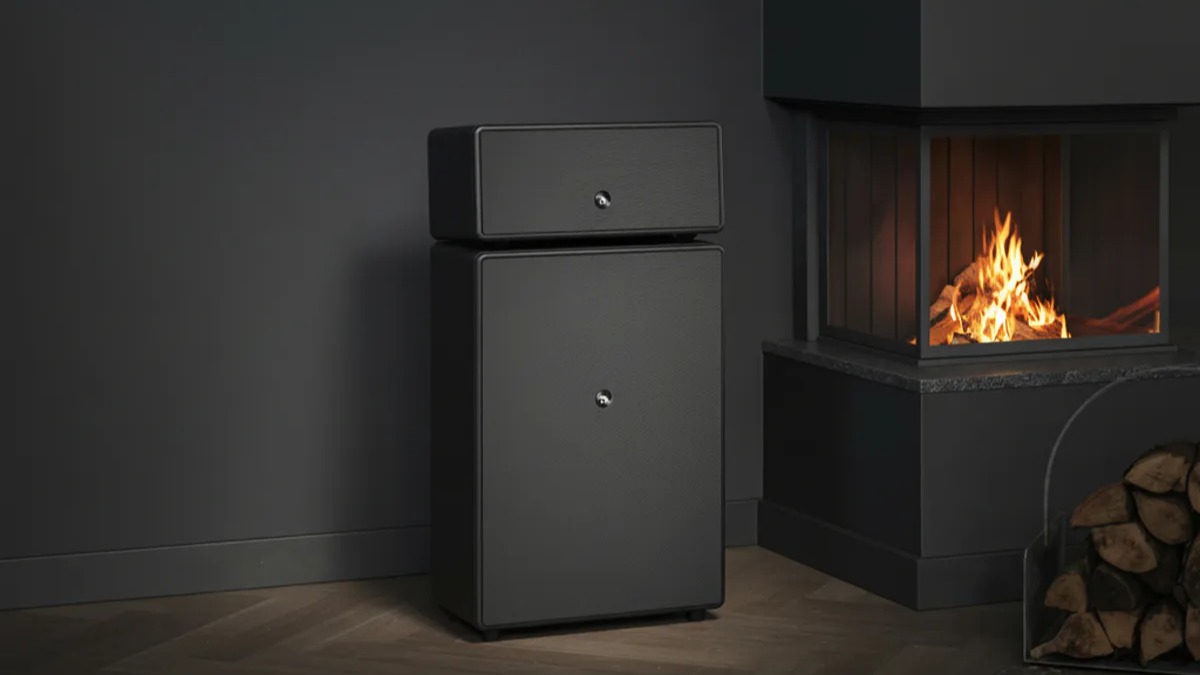What Hi-Fi? Verdict
A brilliantly accomplished TV, no doubt, but not automatically the best way to spend your money
Pros
- +
Subtle, stable, colourful images regardless of source
- +
Excellent online features
- +
Easy to use
Cons
- -
Far from the last word in dynamic contrast
- -
Iffy sound
Why you can trust What Hi-Fi?
There is, at least according to Panasonic, a standard beyond ‘reference’ when it comes to describing plasma TV picture quality. ‘Beyond Reference’ is how the company describes the picture-making prowess of this TX-P60ZT65B plasma TV, which is certainly a bold (if not strictly coherent) claim.
When the talk turns to ‘reference’ plasma TVs, Pioneer’s Kuro range is never far from the conversation – never mind that they’re museum-pieces that can routinely be bettered for motion-handling by any current budget plasma.
PICTURES: Panasonic ZT65 vs. Pioneer Kuro
It’s an indication of plasma’s marginalisation that the Panasonic TX-P60ZT65B is the first serious attempt in years, by any manufacturer, to really slay the ghost of Kuro, and at the very least this 60in ZT65 has the looks, the finish and the price-tag to suggest it means business.
Panasonic TX-P60ZT65B review: connections

This is a smart, conservative-looking product with a gratifyingly narrow bezel, necessarily substantial stand and the sort of specification this price-level demands.
Freeview HD and Freesat tuners, a suite of connections including three USB ports, an ethernet socket (there’s also integrated wi-fi), component/composite input, a Scart socket (these last two requiring supplied adaptors), SD and CI card slots, and a digital optical output are all present and mostly gold-coated. Panasonic has decided three HDMI inputs is ample, even for a screen of the ZT65’s aspirations.
The latest hi-fi, home cinema and tech news, reviews, buying advice and deals, direct to your inbox.
We’ve been quite lavishly complimentary about the new My Home Screen interface in reviews of other 2013 Panasonic TVs, and it’s every bit as successful here. The ability to organise and customise bespoke home screens, prioritising content from any source in a logical, straightforward manner, makes the Panasonic as ergonomically useable and satisfying as any TV on the market.
MORE: Panasonic 2013 TVs
And thanks to a brace of remote controls (one a big, familiar-looking wand and the other a Touch-Pad controller that’s brilliantly intuitive and a doddle to use with one hand), as well as the fine (and free) Viera Remote 2 control app for iOS and Android, the ZT65 couldn’t be easier to navigate. Unless you insist on using the Touch-Pad control’s microphone for some voice control, of course – this particular feature is far from flawless.
Panasonic has also included its eccentric Touchpen, for those who want to draw on their TV screen. Personally we wouldn’t tolerate a Touchpen in the same room as our expensive new ZT65, but perhaps we’re po-faced.
Panasonic TX-P60ZT65B review: set-up

Panasonic has tried hard to make the ZT65 as simple as possible to set up – but when one is shooting for ‘beyond reference’ standards of performance, the quantity and complexity of the technologies brought to bear inevitably means set-up is a time-consuming (and occasionally slightly frustrating) exercise.
This screen is a tour de force, packed with significant-sounding technology like the Studio Master Panel, Ultimate Black filtering and 3000Hz Focused Field Drive.
There’s also certification from THX and ISF – if a comprehensive list of processing features means anything, the ZT65 is worth every penny of the asking price. But with a full-on colour-management algorithm to be negotiated and ten-point white-balance to be investigated, don’t expect the ZT65 to be up and running to your satisfaction in just a few minutes. The Smart Calibration feature is helpful, but it takes quite a while to bring the ZT65 to the boil.
Panasonic TX-P60ZT65B review: picture quality
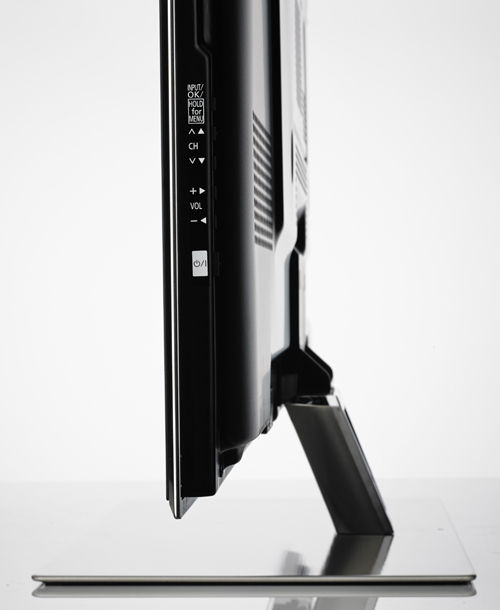
It’s well worth investing the time, though: the Panasonic is very accomplished In almost every area of picture-making. Even dog’s-dinner standard-definition broadcasts received by either digital tuner aren’t dealt with as harshly as they might be – the ZT65 upscales beautifully, offering reasonable detail, believable motion and some integrity to edges and skin-textures. It all looks a bit smooth and lacking in depth, of course, but you can’t polish a silk purse and so on.
Step up a notch in resolution to a DVD of Rise of the Guardians and the Panasonic’s performance rises commensurately. Black levels, already pretty impressive, gain depth and detail (although they’re not always entirely free of noise).
MORE: Panasonic TX-P42GT60B review
Apparent depth of field improves too, and the Panasonic P60ZT65B demonstrates attention to detail that borders on fanaticism. The colour palette is impressive in its neutrality, and textures are entirely convincing.
Make the best of either of the Panasonic’s two integrated TV tuners with a look at the BBC’s Later with Jools Holland in HD, and the news is better still. Crisply drawn and lavishly detailed, the ZT65’s picture-making starts to seriously impress at this 1080i broadcast standard.
It’s unshakeably composed with even the most rapid, unpredictable on-screen movement, picture noise is repressed zealously and (at the risk of labouring the point) black levels are superb. Dark scenes are lustrous, beautifully defined and enjoy seemingly limitless gradations of tone.
Panasonic TX-P60ZT65B review: smart TV
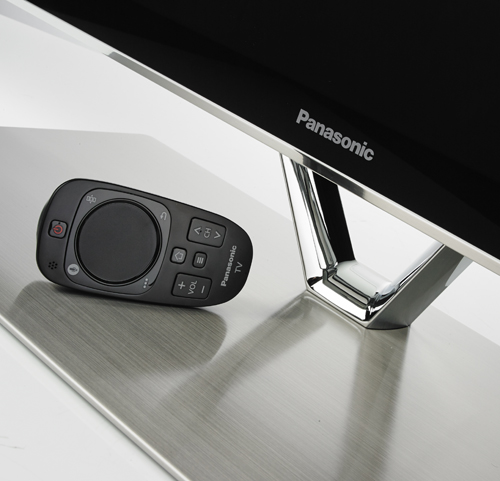
Switch across to content on the Panasonic Smart TV platform and the Panasonic’s ability to make the best of a bad job is even more apparent.
Catch-up TV from BBC iPlayer and the like is perfectly acceptable (provided you’re getting the broadband speeds you’re paying for, of course), and even the usually marginal quality of content posted to YouTube is perfectly watchable – which on a screen of this size is no mean feat.
MORE: Panasonic Smart TV 2013
This level of fidelity, combined with Panasonic’s sudden mastery of online usability, makes the ZT65 a painless-going-on-compelling online proposition.
Panasonic TX-P60ZT65B review: HD and 3D picture quality
But to make the most of a screen like this, Blu-ray content is where it’s at – and with a 2D disc of Cloud Atlas spinning in our reference Marantz UD7007 Blu-ray player, the ZT65 is, with one caveat, an absolutely absorbing watch.
A huge colour gamut, impossibly deep black tones, faultless skin-tones and textures, unarguable mastery of on-screen motion… the Panasonic has complete authority over all these disciplines and adds prodigious apparent depth-of-field, brilliantly smooth edge definition and lavish levels of detail too.
And none of this is at the expense of the overall experience: the ZT65 doesn’t show off and doesn’t draw attention to itself. It simply serves up the pictures as faithfully as it can.
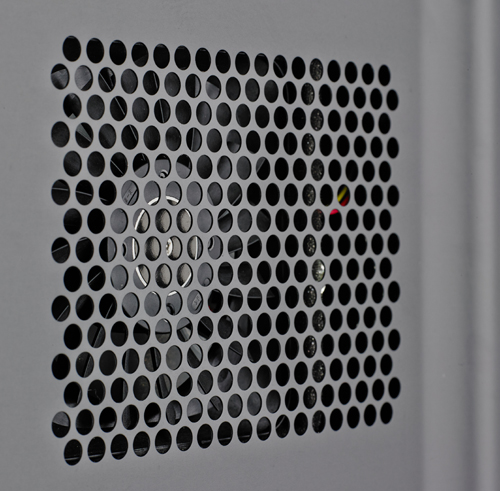
The caveat, however, is not insignificant. Put simply, the ZT65 isn’t as dynamic as we’d like when it comes to contrast. We’ve devoted a fair bit of space here to eulogising the Panasonic’s facility with black tones, and there’s no doubt that the white shades it delivers are clean and detailed too.
They don’t punch as resolutely as they should, though, and consequently there’s not as much distance between ‘blackest black’ and ‘brightest white’ as we’d like.
Panasonic TX-P60ZT65B review: black levels
This inhibition of the dynamic range isn’t always problematic, but during scenes that require deep black to coexist alongside shining whites there’s a tentative quality to the ZT65’s performance that doesn’t really square with ‘beyond reference’ pretentions.
And this trait is by no means restricted to Blu-ray reproduction – from every source we found ourselves hankering for greater attack from the white shades, extended fiddling with the ten-point white-balance adjustment notwithstanding.
MORE: Panasonic TX-P55VT65 review
So it turns out to be no great surprise to find 3D images from a Blu-ray of Closer to the Edge lacking a bit of stridency where contrast is concerned, even though the ZT65 heroically resists the inherent relative dimness of 3D images.
And it’s a real pity, because the ZT65 is otherwise an epically accomplished 3D display. Its active-shutter system means the full 1920 x 1080-pixel image from this great big screen is delivered to each eye – and so there’s just as much detail and just as much subtlety on offer as there is in 2D.
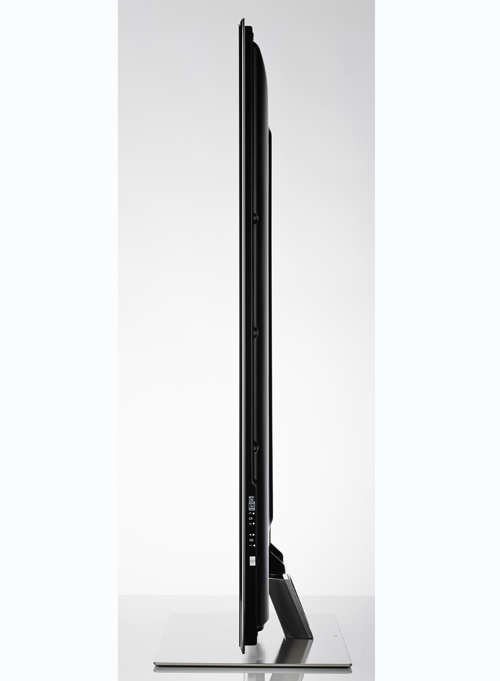
And in common with the entirety of Panasonic’s 2013 range of TVs we’ve so far seen, it’s a superbly stable and assured 3D watch. Cross-talk isn’t an issue, and motion is dealt with confidently; only the severest, most complex on-screen movement causes the Panasonic’s processing to momentarily betray itself.
The 3D effect itself is immersive and convincing, and there’s not so much of the layered, terraced-2D effect that lesser screens deal in.
It follows that the Panasonic TX-P60ZT65B is a fantastic screen to play 3D games on. Some of the motion-processing whizz-bangery gets bypassed in the quest for speedy response times, but the gaming experience is nonetheless razor-sharp and absorbing. That’s equally true in 2D – losing the last iota of motion-handling ability is more than a fair trade-off for all-but-imperceptible lag.
Panasonic TX-P60ZT65B review: sound quality
The only other area in which the Panasonic TZ-P60ZT65B doesn’t distinguish itself is sound. Never mind that there’s a 75mm woofer backing up a pair of smaller speakers, there’s more than a suggestion of the ‘tissue-paper-and-comb’ about the ZT65’s toppy, ragged-edged audio reproduction.
We’d be staggered if anyone in the market for a four-grand TV wasn’t going to spring for a sound-system of some kind to accompany it, but honestly? It would make a better impression (and give a greater statement of intent) if Panasonic omitted the speakers altogether.
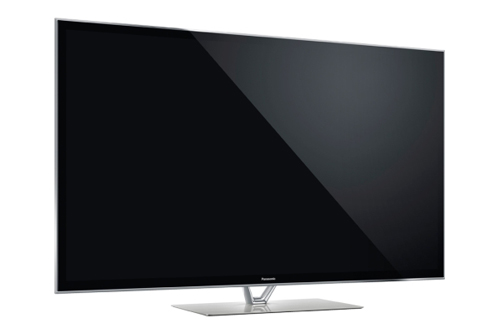
Panasonic TX-P60ZT65B review: verdict
Overall, though, the ZT65 is a hugely accomplished TV. But is it ‘beyond reference’ standard? Well, if you accept the argument that says Pioneer’s Kuro remains the plasma ‘reference’ device, then the Panasonic is both ‘beyond’ (thanks to its facility with motion, its excellent on-line functionality and its well-realised 3D ability) and ‘behind’ (dynamic contrast, sound). But ultimately that’s not the issue.
Far more relevant to the ZT65’s chances is the Panasonic TX-P55VT65 we tested last month. Admittedly it’s a smaller screen (though at 55in it’s still considerable), but at £2400 it’s quite a lot more affordable and, crucially, its across-the-board performance is within an ace of that of the ZT65.
In absolute terms this ZT65 is the better device – but is it £1400 or so better? We don’t think so. If you want the best around, this TX-P60ZT65B is it. But if you want the best pound-for-pound value, that’s a different story.
Follow whathifi.com on Twitter
What Hi-Fi?, founded in 1976, is the world's leading independent guide to buying and owning hi-fi and home entertainment products. Our comprehensive tests help you buy the very best for your money, with our advice sections giving you step-by-step information on how to get even more from your music and movies. Everything is tested by our dedicated team of in-house reviewers in our custom-built test rooms in London, Reading and Bath. Our coveted five-star rating and Awards are recognised all over the world as the ultimate seal of approval, so you can buy with absolute confidence.


